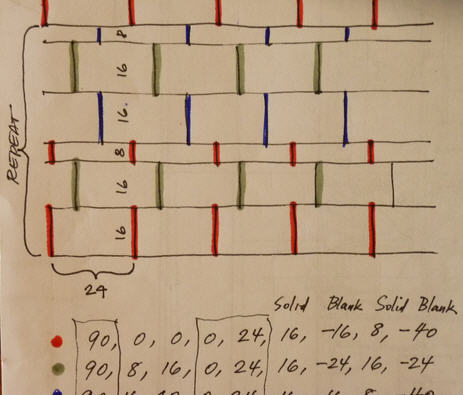
They have an angle, a starting coordinate, sometimes a shift, but always a distance where they will repeat.

How a pattern definition worksĭefining a pattern can be quite a complicated process – but the theory is quite simple.Ī pattern consists of lines which repeat/offset themselves with a certain distance. After choosing units (mm or in), click on OK and browse for the location where you wish the pattern to be exported to.

Here you can set the name and the description of the pattern. pat file, you can do so by clicking on the Export Pattern button in the bottom left corner of the dialog. Here you can switch between pattern lines while editing. If you click on Edit Line symbol, the preview panel will transform into Edit Mode where you can edit existing lines, or draw a new one. Preview dialog updates automatically when making changes either in the Sketch Mode or Grid View. On the right side there is a preview dialog showing changes made to the hatch pattern.

Duplicating, renaming and applying patterns to materials in the Revit project.Preview of the changes done to the pattern.Creating new patterns without using a pattern definition file.Writing such a definition file is quite a challenge, since the format is based on the same kind of hatch patterns used in AutoCAD. pat file) and then import the definition file to a Custom Pattern instead of a Simple Pattern. Simple patterns (equal distance and same angle on all lines) can be edited directly in Revit itself but more complex patterns require the user to write a custom hatch pattern definition file (a. Much like in AutoCAD, this process of editing and importing is complicated and time consuming. To create or edit patterns in Revit now you need to edit. This is a tool used for editing existing or creating new custom patterns.


 0 kommentar(er)
0 kommentar(er)
